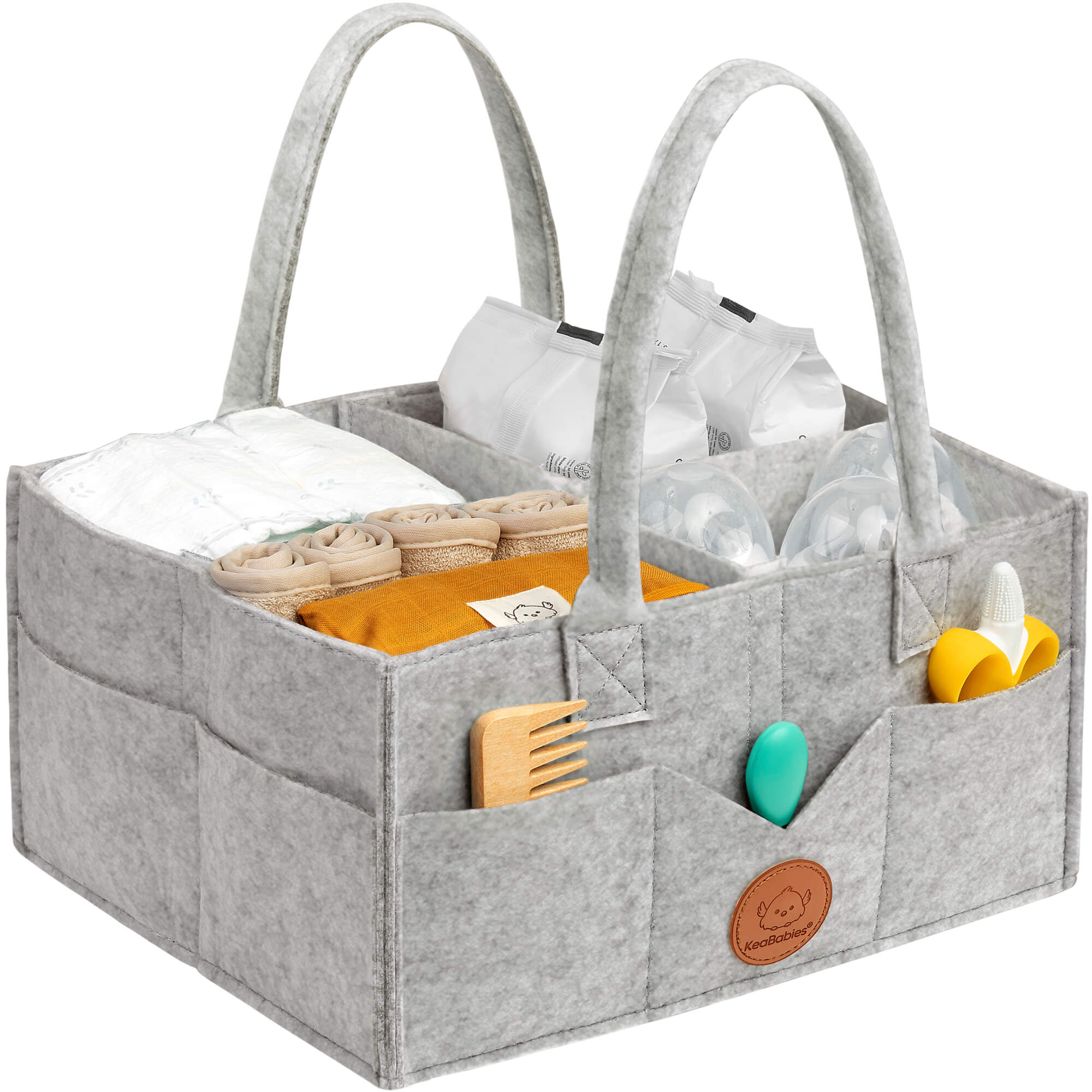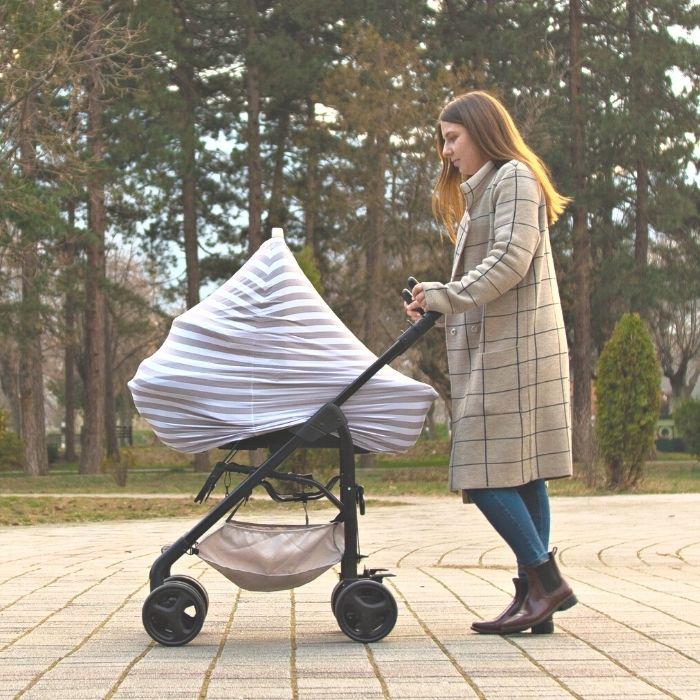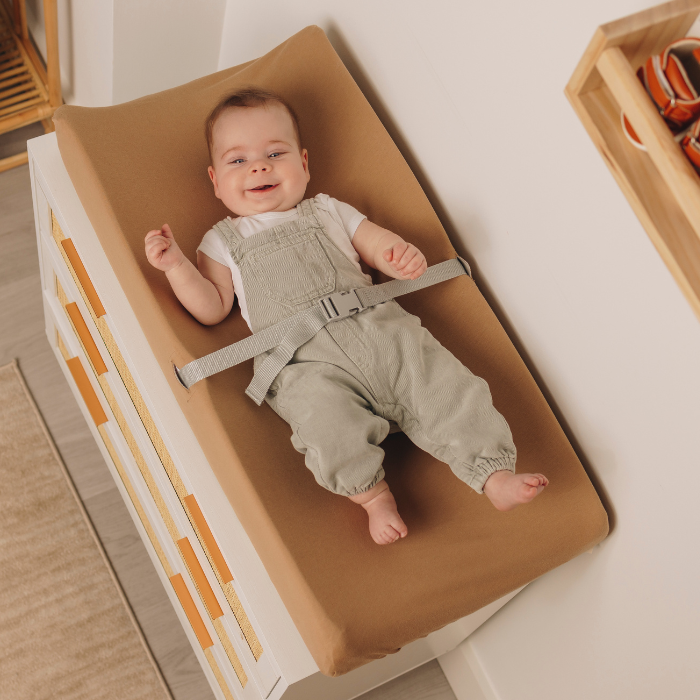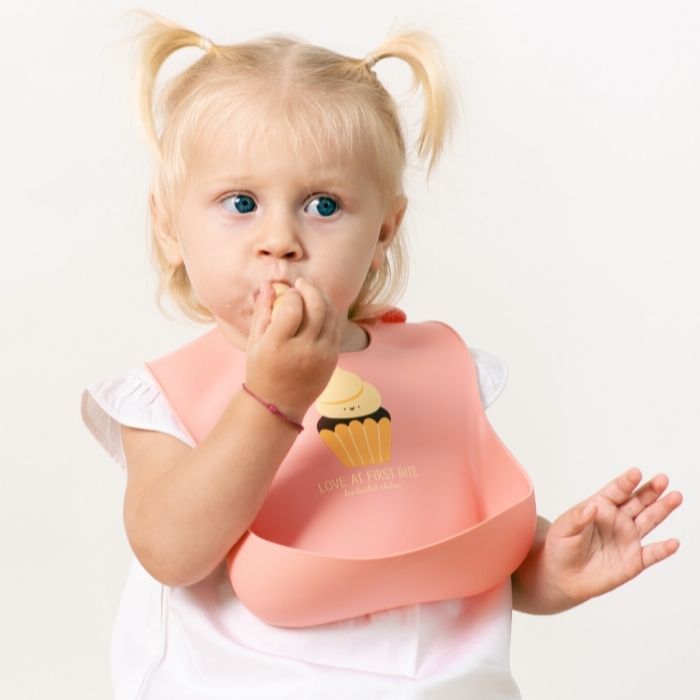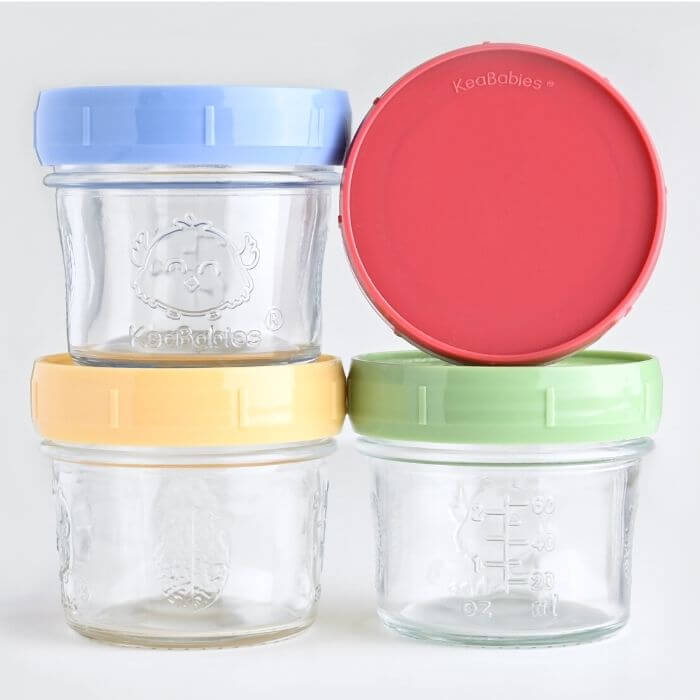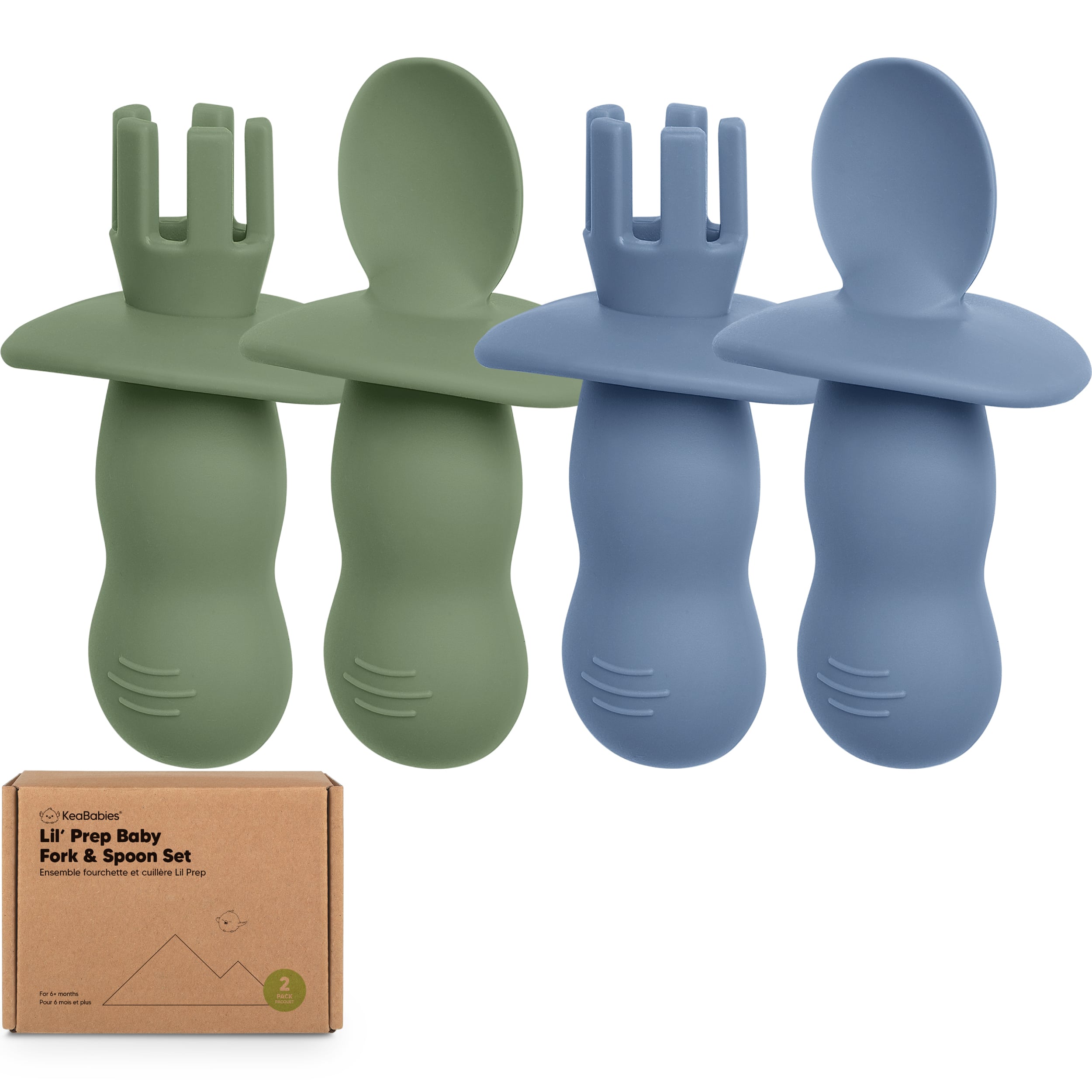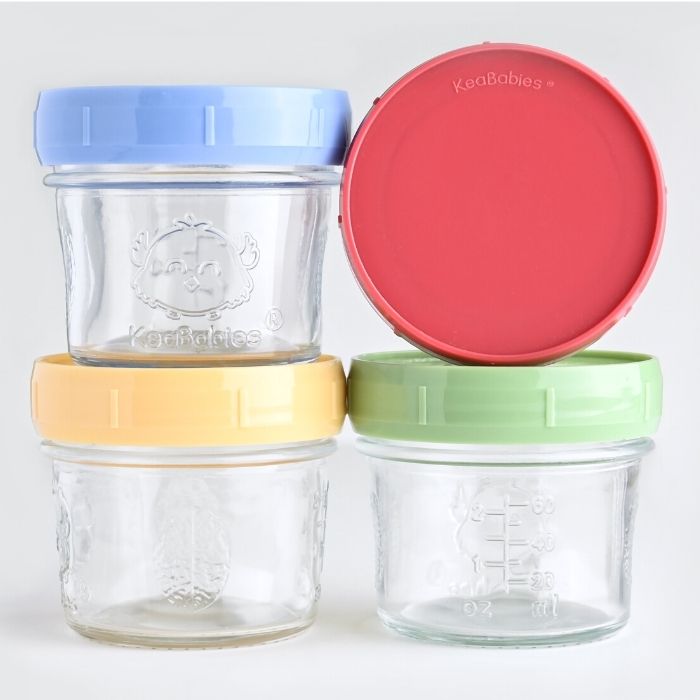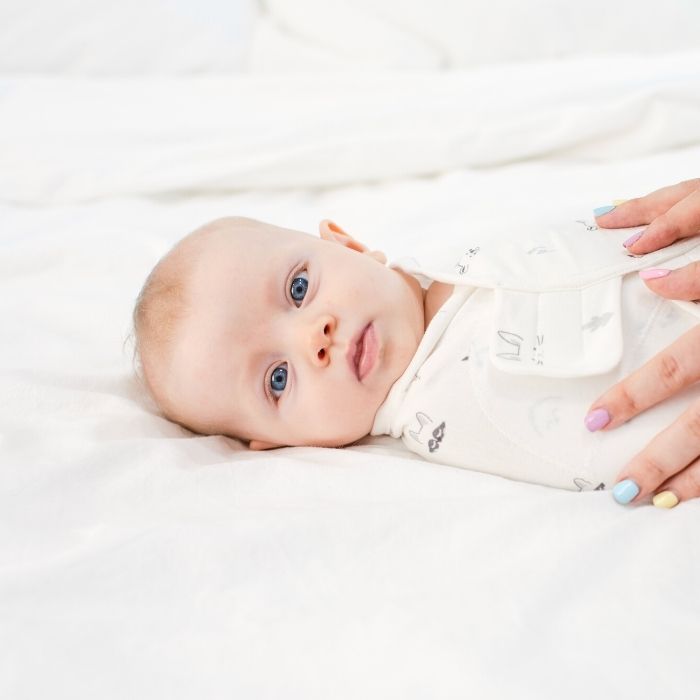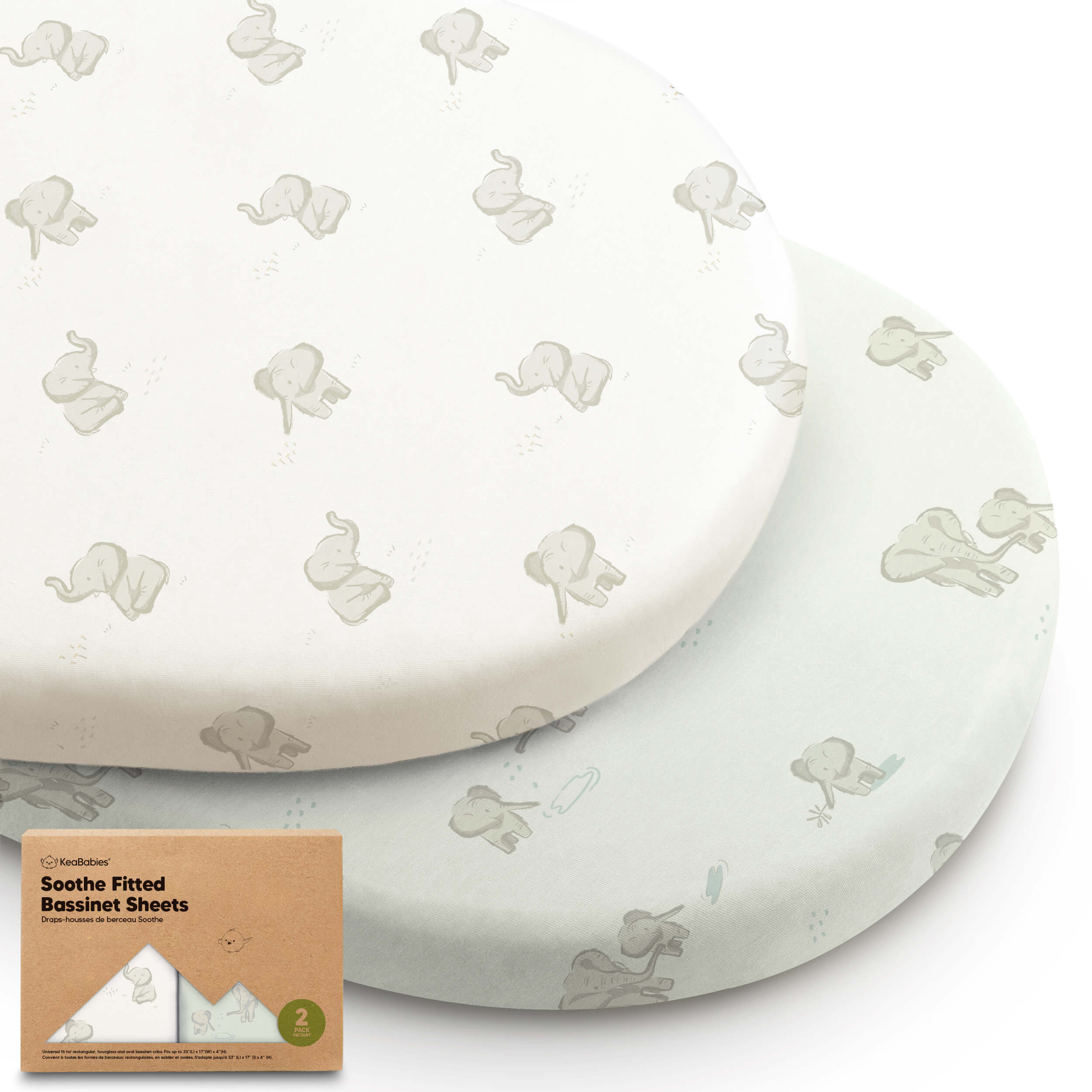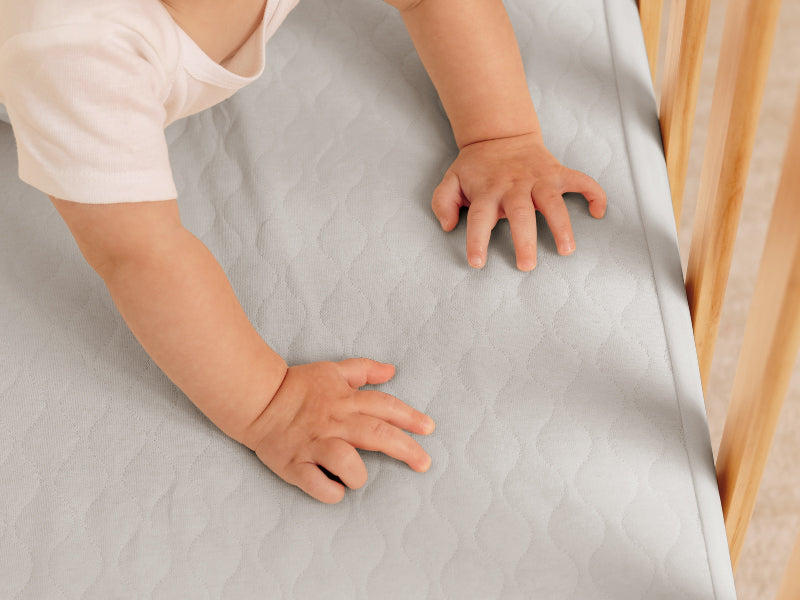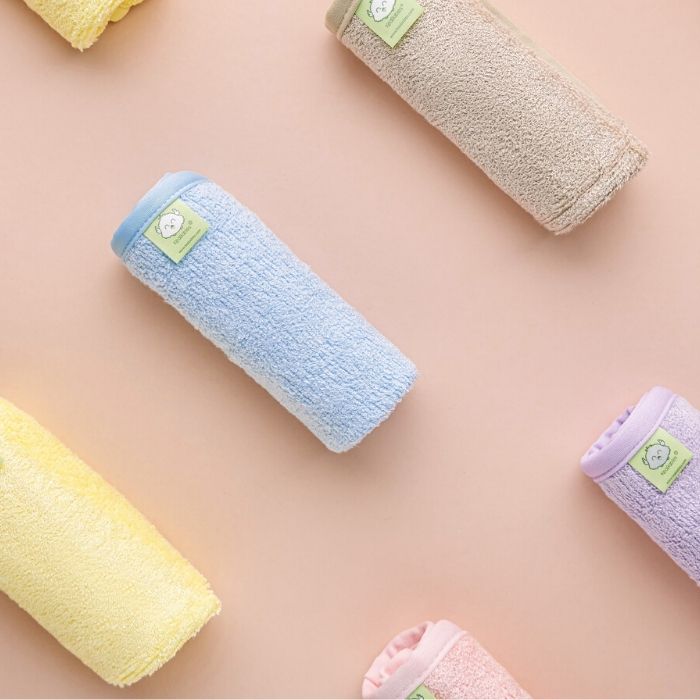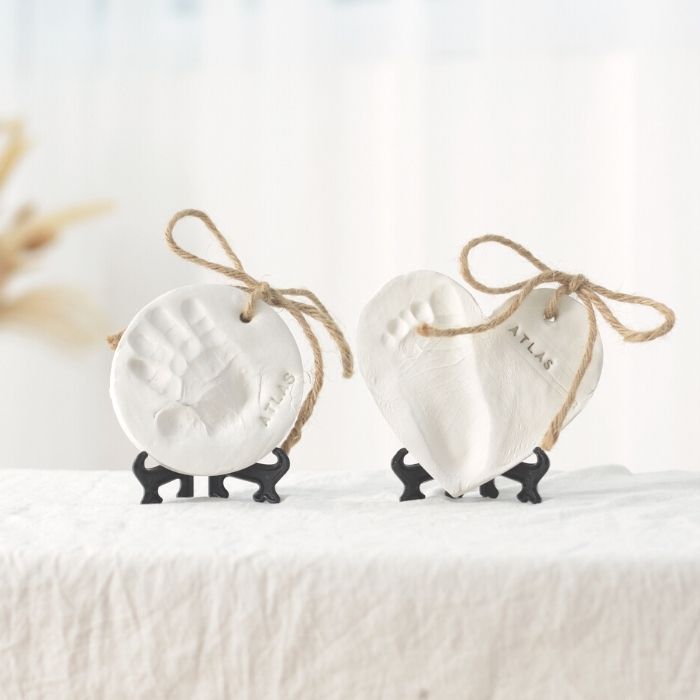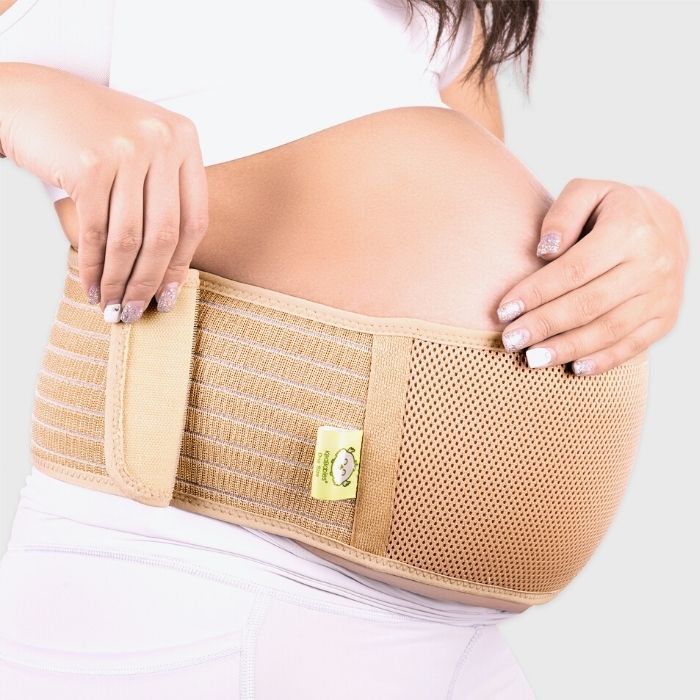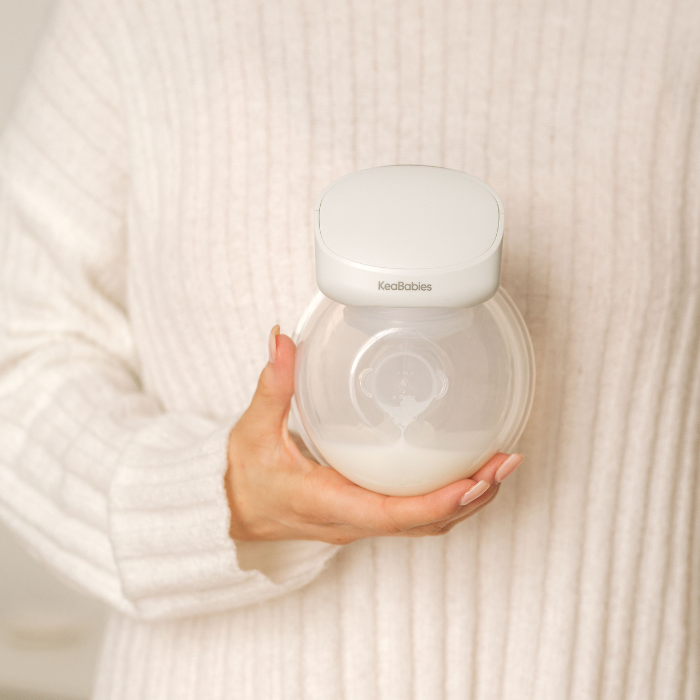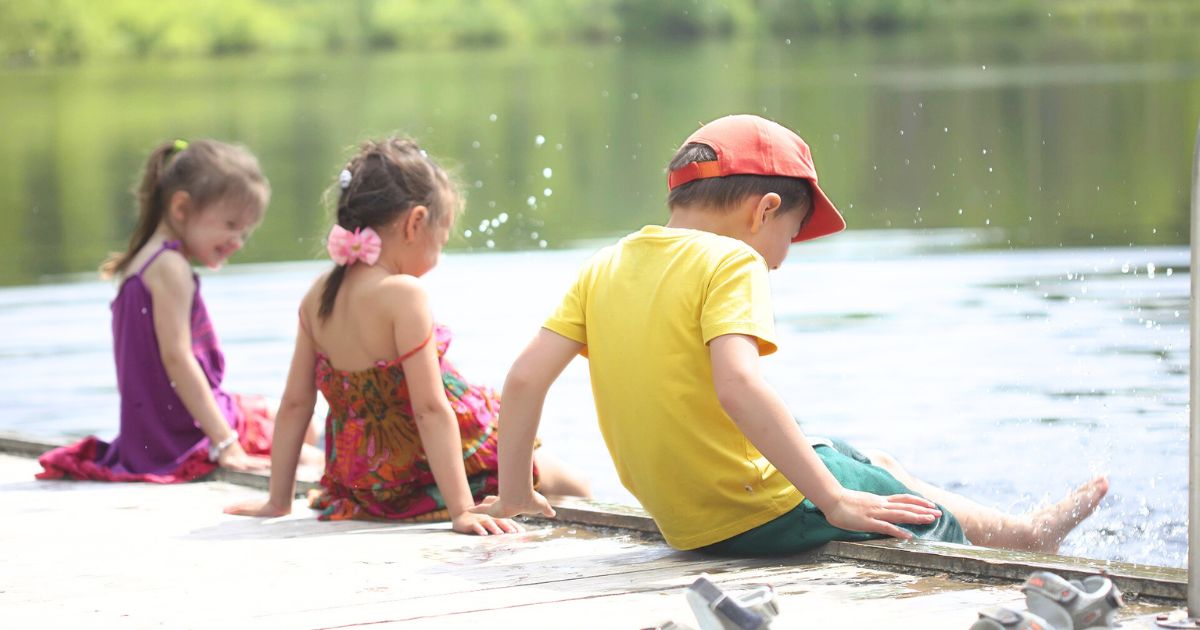
Essential Guide to UTI Symptoms in Toddlers: What Parents Should Know This Summer
Common summer activities can lead to UTIs in kids. Read on to discover the subtle ways UTIs occur in little ones, and how you can prevent them!
All parents should learn about how common summer activities can lead to hidden UTIs in toddlers and young children. Your child’s health and comfort are important, and it's important to know how some activities might lead to infections in little ones. If you're worried about preventing UTIs in children, thinking your child might currently have one, or are concerned about repeat infections, be sure to read on to equip yourself with everything you need to know to keep your little one safe and healthy all summer long.
Urinary Tract Infection in Kids: An Introduction
A urinary tract infection (UTI) occurs when bacteria enter the child’s urinary tract, causing inflammation and infection in the bladder, kidneys, or urethra.
UTI in children is a common health concern, especially among girls, and can cause severe pain, vomiting, and poor eating. Recognizing and treating a UTI in children is important, as symptoms may be harder to detect in young kids who cannot communicate their discomfort. UTIs can be more common during the summer months, so it’s important for parents to pay attention to the symptoms of a UTI.
If left untreated, UTIs can lead to serious complications for children, including kidney infection and renal scarring. Parents should be aware of the symptoms of a UTI in toddlers. These include fever, painful urination, and foul-smelling urine.
If you are concerned that your child might have a UTI, a urine test can help diagnose and determine the best course of treatment. There are also ways to prevent repeat infections in the future.
Anatomy of the Urinary Tract
A child’s urinary tract consists of the kidneys, ureters, bladder, and urethra. The kidneys filter waste and excess fluids from the blood and produce urine. The ureters carry urine from the kidneys to the bladder. The bladder stores urine until it is eliminated from the body through the urethra. The urethra is the tube that carries pee out of the body.
The urinary tract is the child’s body’s way to drain excess waste from the body. When there are large quantities of bacteria present in the urine, it can invade the tissue in the urinary tract. Most children that get a UTI have an infection in the bladder that travels up to their kidneys.
Understanding Urinary Tract Infections
Urinary tract infections (UTIs) are caused by bacteria entering the urinary tract and multiplying in the bladder or kidneys. Children’s urinary tract infections can be caused by vesicoureteral reflux, a condition where urine flows back up into the kidneys.
UTIs can also be caused by dysfunctional elimination syndrome, a condition where kids have a hard time emptying their bladder when they go to the bathroom. This puts them at a greater risk for infection.
Bacteria can enter the urinary tract through the urethra, causing an infection. UTIs occur when bacteria travel from the urethra into the bladder or kidneys, leading to infection and inflammation. If you notice your child has urine that smells bad, suddenly gets a high fever, seems to experience discomfort in their genital area, or your potty trained child suddenly has more daytime accidents, it’s time to consult your healthcare provider, who can use a urine sample to diagnose the infection.
Thankfully, UTIs can be treated with low-dose antibiotics and by drinking lots of fluids. Drinking extra fluids is already more important during the hot summer months. Not only can drinking enough fluids help prevent dehydration, it can help lower UTI risk as well.
Summer weather: why kids are more at risk for UTIs
Toddlers and children tend to get UTIs more frequently during the summer because of several reasons. Warm weather and humidity can make it easier for bacteria to thrive. Kids might also struggle to take in enough fluids, making it harder for their bodies to flush out bacteria that can cause infections.
Summer activities like swimming in pools, sitting in wet clothes or swim suits, and spending time in hot, damp environments can also make little ones more prone to getting a UTI.
Recognizing Symptoms of UTIs in Toddlers
Spotting a urinary tract infection (UTI) in toddlers can be challenging, as young children may not always be able to describe what they’re feeling. Parents should watch for symptoms such as a sudden fever, vomiting, poor eating, or urine that has a foul smell. Some toddlers may cry or show signs of severe pain or a burning sensation when urinating, or they may become irritable and avoid using the potty. If a urinary tract infection is left untreated, there is a slightly higher risk that the infection could travel to the kidneys, leading to more serious kidney infections.
Because the symptoms of a UTI can be similar to other childhood sicknesses, it’s important to seek medical advice if you notice any of these signs. A healthcare provider will likely recommend a urine test or urine culture to check for bacteria.
Types of UTIs: Bladder Infection
Similar to the common symptoms of a UTI, bladder infection symptoms can include painful urination, frequent urination, and foul-smelling urine. Bladder infections can also cause fever, vomiting, pain, and poor appetite in children.
Uncircumcised boys are at a higher risk for bladder infections, especially during infancy, due to anatomical differences that can make it easier for bacteria to enter the urinary tract.
Urinary tract infections (UTIs) in the bladder can cause severe pain and discomfort in the lower belly. These infections can be treated with antibiotics and by drinking plenty of fluids. Preventing UTIs can help reduce the risk of bladder infections.
How Are UTIs Diagnosed?
Diagnosing UTIs in children typically involves a urine test to check for bacteria and white blood cells, and the approach to diagnosis and urine sample collection depends on the child's age. A urine culture is useful for determining the type of bacteria causing the infection. Some pediatricians might ask for imaging studies, such as a CT scan, to check for kidney damage or other complications.
Further tests may be necessary to determine the underlying cause of the UTI. Your little one’s healthcare provider can diagnose and treat UTIs.
Steps for Diagnosing Infections
Your child’s age makes a difference when it comes to diagnosing urinary infections. Older kids will probably require a urine sample that looks for white blood cells and if there is bacteria present. Collecting a urine sample is easier in toilet trained children, as they can provide a clean-catch sample, while alternative methods are needed for infants, toddlers, or children who are not yet toilet trained. When a urine sample isn’t easily obtained, the healthcare provider might use other method to collect urine.
A lab will do a urine culture to identify the type of bacteria.
Imaging Studies
A CT scan can help diagnose kidney damage or other complications of a UTI. Imaging studies can also help determine the underlying cause of the UTI.
This scan can show kidney stones, tumors, or other abnormalities in the urinary tract. Imaging studies can help guide treatment and prevent complications. It can also be used to monitor the progress of treatment and see if your child needs a different course of treatment.
Tests for Kidney Infection
A kidney infection is a more serious type of UTI that can affect young toddlers and children. When bacteria spreads from the bladder to the kidneys, it can cause inflammation and damage. Symptoms include vomiting, poor feeding, pain during urination, pain in the abdomen or back, and fever.
A toddler might also be more tired or irritable than usual when the infection spreads to their kidneys. It's important to see a doctor right away and complete the entire course of treatment as prescribed.
Treating Bladder Infections
Does your toddler suddenly have strong smelling urine? Does your child seem to have pelvic pain or pressure? Does your potty trained child suddenly have more accidents? These are common signs of a bladder infection. A more intense fever, pain, and or blood in the urine can also mark a serious infection.
Treating bladder infections typically involves antibiotics to kill the bacteria causing the infection. Drinking plenty of fluids can help flush out the bacteria and reduce symptoms.
Proper potty training and teaching children good bathroom hygiene, such as correct wiping techniques and not holding in urine, are important steps to help prevent future bladder infections.
Urinary tract infections (UTIs) can be treated with low-dose antibiotics. Preventing UTIs can help reduce the risk of bladder infections.
Complications of Untreated UTIs
When urinary tract infections (UTIs) in children are not treated promptly, they can lead to serious complications. Untreated UTIs may progress to kidney infections, which can cause lasting problems such as renal scarring and permanent kidney damage.
Over time, these complications can also contribute to high blood pressure and other long-term health issues. To protect your toddler’s urinary tract and overall health, it’s essential to complete the entire course of any antibiotic treatment and follow up with your pediatrician if symptoms persist or return.
Why Do Some Kids Get Recurrent UTIs?
Recurrent UTIs can be caused by underlying medical conditions, such as vesicoureteral reflux. They can also be caused by poor hygiene or inadequate treatment.
Treating recurrent UTIs typically involves antibiotics and lifestyle changes. Parents should make sure their child urinates properly, wipes from front to back, and stays well hydrated during the warm summer months. They can also opt to avoid fabrics like nylon and synthetic materials, and dress their toddlers in loose, comfortable cotton underwear. Avoiding scented soaps and bubble baths can also reduce the risk of frequent UTIs in your child.
Preventing UTIs can help reduce the risk of further infections. Recurrent UTIs can also be managed with long-term antibiotic treatment.
Preventing UTIs in Toddlers
Taking steps to prevent urinary tract infections (UTIs) in toddlers can help keep your child healthy and comfortable. Encourage your child to drink plenty of water throughout the day, as staying hydrated helps flush bacteria from the urinary tract. Teach your child proper hygiene, such as wiping from front to back after using the toilet, to reduce the risk of bacteria entering the urinary tract.
Avoid bubble baths and scented soaps, which can irritate the genital area and increase the risk of infection. Dress your child in breathable cotton underwear and change them into dry clothes after swimming or playing in water to keep the area clean and dry.
Caring for a Child with a UTI
If your toddler is diagnosed with a urinary tract infection (UTI), attentive care at home is key to a smooth recovery so they can be back enjoying summer fun sooner. Make sure your child takes the prescribed antibiotics exactly as directed and completes the entire course, even if symptoms improve before the medication is finished.
Monitor your little one for symptoms such as fever, pain, or vomiting, and contact your pediatrician if these symptoms worsen or do not improve with treatment. Encourage your child to drink plenty of fluids to help flush bacteria from the urinary tract and support healing.
Next Steps for Parents
Urinary tract infections (UTIs) are common in toddlers and children, especially during the summer, and can cause pain and discomfort. Knowing how to prevent UTIs is important to reduce the risk of bladder infections and other complications. Treating infections promptly can help prevent complications and reduce symptoms, keeping your little one healthy and comfortable all summer long.
|
|
Meet Our KeaMommy Contributor: Kaitlyn Torrez I’m Kaitlyn Torrez, from the San Francisco Bay Area. I live with my husband and two children, Roman and Logan. I’m a former preschool teacher, currently enjoying being a stay at home mom. I love all things writing, coffee, and chocolate. In my free time, I enjoy reading, blogging, and working out. |



